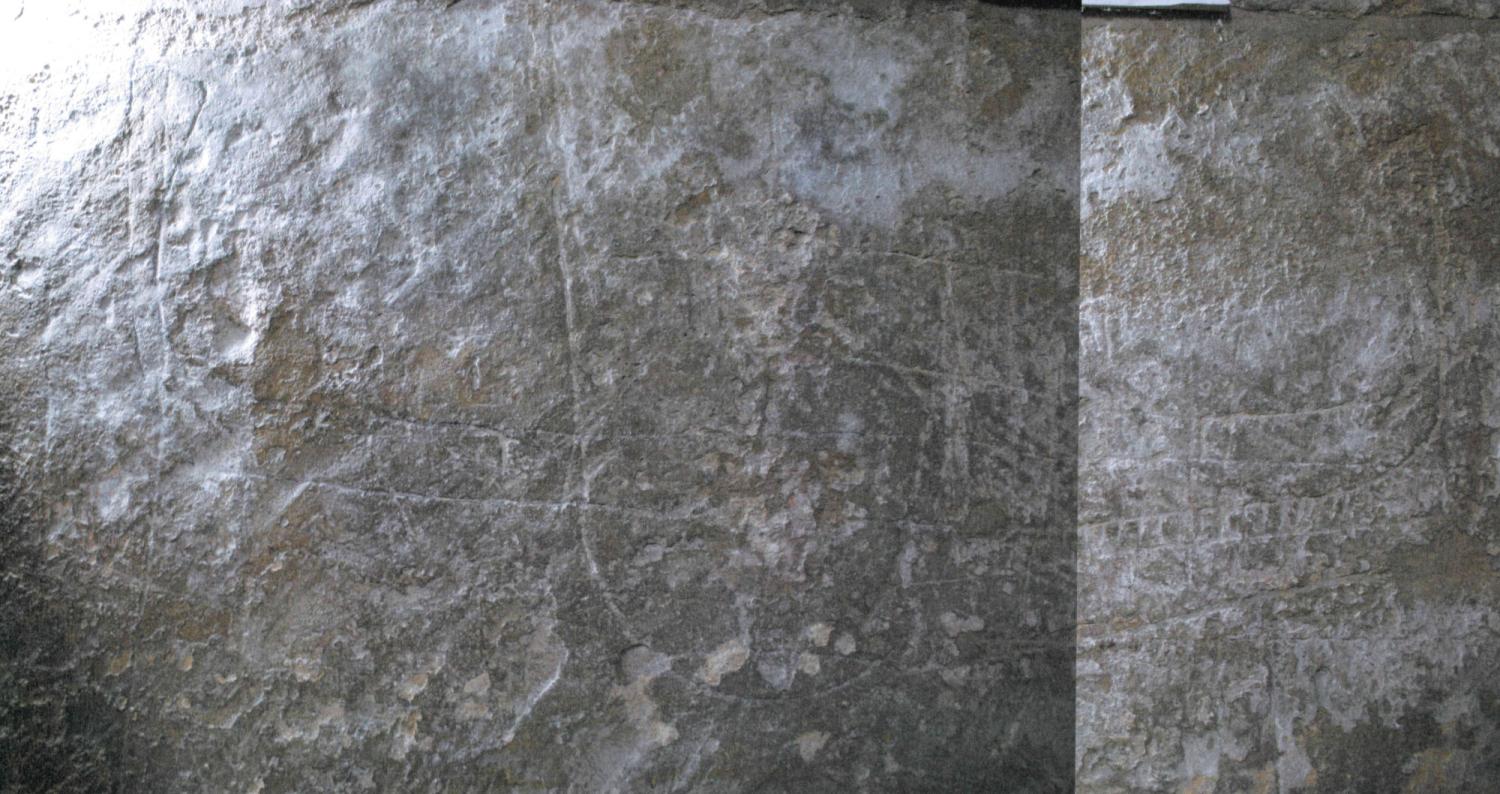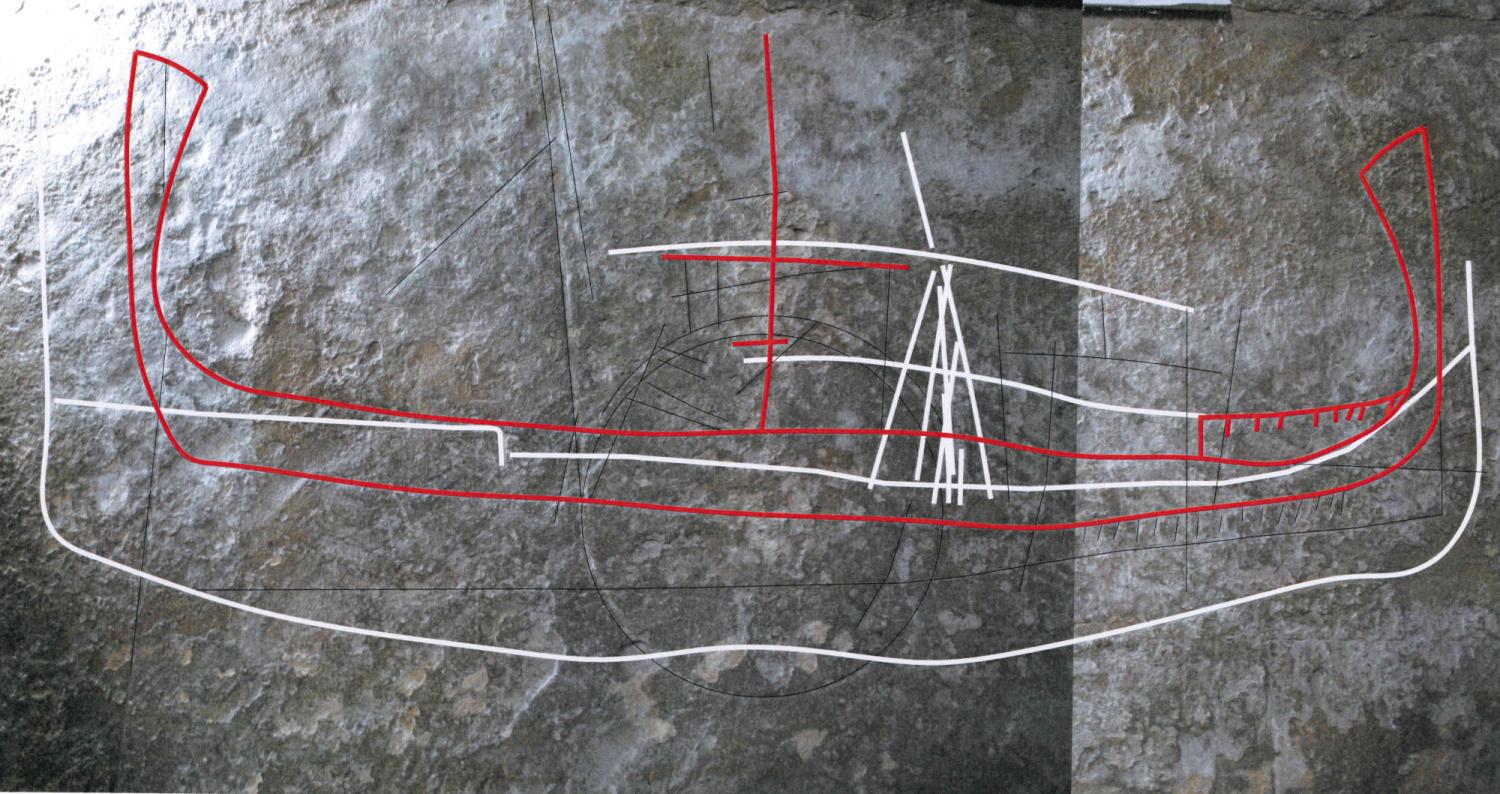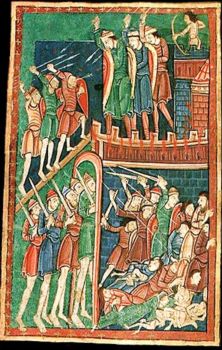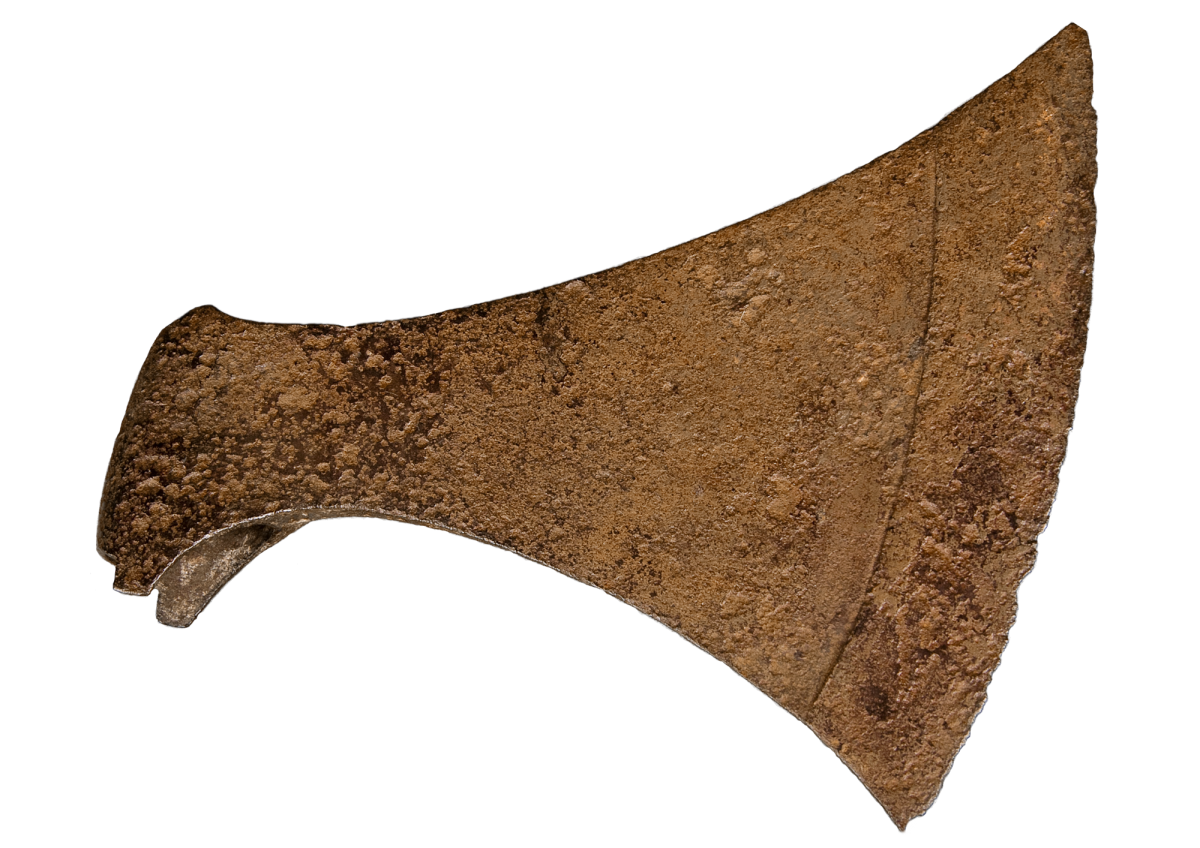Vikings
Ancient Warfare
Topic 5: Vikings
Around the end of the 9th century, Viking raids began on the east coast, and Lincolnshire was unlikely to have been spared.
Defended houses and forts
These raids, combined with incidents of lawlessness, resulted in the construction of defended houses and forts.
These can sometimes be identified by the burh place name, and have been successfully identified as extensive earthworks at Goltho, Stamford, and Barton-upon-Humber.
12th century manuscript painting of Vikings attacking a Saxon Burh. (Photo: The Morgan Library & Museum / Art Resource)
Viking Axe from the river Witham (Photograph from The Collection Lincoln).
Invasion
The late 9th century saw a major invasion by Scandinavian forces, with the ‘Great Army’ of the Vikings wintering at Torksey in 872 to 973 AD.
A large part of the Eastern side of the country fell into Danelaw and Lincoln and Stamford became fortified Viking boroughs. This remained the status quo until the Norman invasion in 1066.
Rivers and the sea
Throughout the ancient warfare era, rivers and the sea would have formed an important travel route, and river boats from the Bronze Age and Iron Age have been discovered in the county. Later boats have yet to be discovered but images of Viking or Saxon longships have been inscribed on the wall of the Saxon minster at Stow.


Viking or Saxon longships in Stow minster (Photo: Heritage Trust of Lincolnshire)
The sparse nature of the evidence for ancient warfare in Lincolnshire means that we are probably underestimating the amount of conflict that went on during that time. A wide variety of information will have to be brought together, if the story of the impact of ancient warfare on the landscape is to be revealed.


